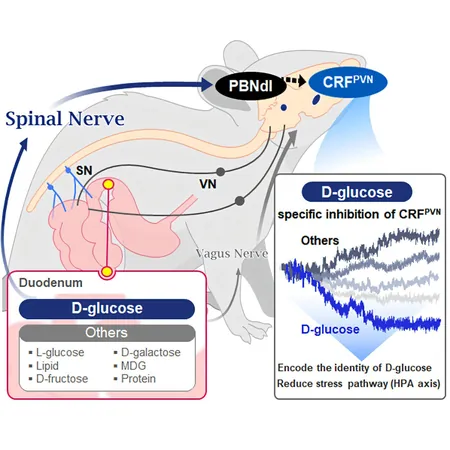
Revolutionary Breakthrough: Assessing Cardiac Function in Just One Heartbeat!
2024-12-31
Author: Mei
Introduction
In an exciting development for medical imaging, researchers have unveiled a groundbreaking technique: high volume-rate echocardiography. This innovative method allows for the simultaneous assessment of both the electrical and mechanical functions of the heart in just a single heartbeat, promising a major leap forward in cardiac diagnostics.
The Need for Advanced Techniques
Traditionally, there has been a significant gap in non-invasive techniques capable of examining the intricate relationship between the heart's mechanical and electrical activities. This interplay is critical, as failures in one aspect can lead to dysfunctions in the other. To address this urgent need, scientists have developed Electromechanical Wave Imaging (EWI). Operating at an impressive frame rate of 500-2000 frames per second, this ultrasound-based technique can effectively visualize how myocardial shortening follows local electrical activation, providing valuable insights into heart performance.
Advantages of EWI
EWI has already shown its superiority over standard methods like the 12-lead ECG in accurately localizing atrial and ventricular arrhythmias and identifying the effectiveness of cardiac resynchronization therapy for patients. However, a common limitation of existing strain assessment techniques, such as speckle tracking echocardiography (STE), is their reliance on stitching together data from multiple heartbeats—an approach that is ill-suited for patients with irregular heart rhythms or those unable to hold their breath.
Research Findings
The new research, involving 16 young and healthy volunteers (average age of 28, with a diverse mix of genders), confirmed the feasibility of high volume-rate imaging to capture the entire heart's electromechanical activation sequence. Remarkably, the activation patterns were consistent across all participants, and volumetric analysis of the heart's chambers aligned with established normal activation sequences.
Impact on Cardiac Care
This pioneering work is set to transform point-of-care screening, diagnosis, and therapy guidance, making it a game-changer for the cardiovascular field. Further research is planned to correlate these findings with individuals suffering from heart disease, which could unlock more comprehensive diagnostic capabilities, especially for patients with non-standard heart rhythms and volumes.
Conclusion
As we step into a new era of cardiac care, this promising technology could mean faster diagnosis and more personalized treatment strategies, revolutionizing how healthcare providers approach heart health. Stay tuned for more updates on this groundbreaking advancement, as it has the potential to redefine cardiac diagnostics!




 Brasil (PT)
Brasil (PT)
 Canada (EN)
Canada (EN)
 Chile (ES)
Chile (ES)
 Česko (CS)
Česko (CS)
 대한민국 (KO)
대한민국 (KO)
 España (ES)
España (ES)
 France (FR)
France (FR)
 Hong Kong (EN)
Hong Kong (EN)
 Italia (IT)
Italia (IT)
 日本 (JA)
日本 (JA)
 Magyarország (HU)
Magyarország (HU)
 Norge (NO)
Norge (NO)
 Polska (PL)
Polska (PL)
 Schweiz (DE)
Schweiz (DE)
 Singapore (EN)
Singapore (EN)
 Sverige (SV)
Sverige (SV)
 Suomi (FI)
Suomi (FI)
 Türkiye (TR)
Türkiye (TR)
 الإمارات العربية المتحدة (AR)
الإمارات العربية المتحدة (AR)